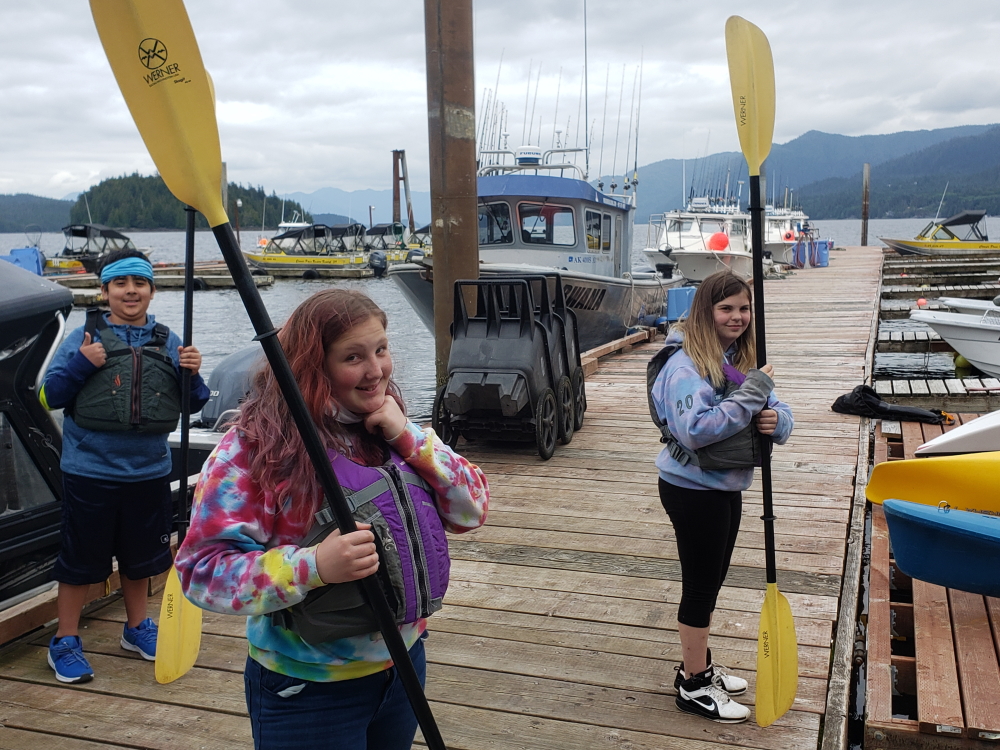
Alaska Afterschool Network
The Residential Youth Care Middle School Summer Program in Ketchikan, Alaska, is among the organizations providing programming for kids in grades five through eight, thanks to funding through Alaska’s tax on marijuana.
As more states legalize marijuana, people who work with youth want to rise to the occasion. If legalization has a negative impact on kids, they want to mitigate that. They also want a slice of the pie — tax revenue, that is — to benefit children and youth.
While Denver has directed $1.5 million to city after-school programs, Alaska leads in showing what can be done at the state level.
Since October, seven organizations working in more than 30 communities across Alaska are providing after-school and summer activities for kids, initiating community discussion and working to strengthen kids in ways known to reduce substance abuse.
“Communities were interested in learning more about how to talk to kids [about substance misuse],” said Thomas Azzarella, director of the Alaska Afterschool Network, the state network for out-of-school time programs.
They wanted to find ways to discuss the subject without “scare tactics,” he said. “Our organization did a lot of capacity building to connect with communities and families.”
Alaska has some of the highest rates of alcohol abuse and suicide. While young people don’t report using drugs and alcohol at a higher rate, they do have a much higher incidence of depression and suicide than in most states.
The state legalized adult recreational use of marijuana in 2014. It then passed a law placing one-fourth of the state’s excise tax into a Marijuana Education and Treatment Fund. Half the fund is dedicated to out-of-school time programs.
“We see the onset of substance misuse in middle school,” Azzarella said. As a result, the after-school funding is aimed at fifth through eighth graders.
The $1.25 million in three-year grants was awarded to RurAL CAP, Campfire, Boys & Girls Clubs Alaska, Residential Youth Care, United Way Mat-Su, Project GRAD and Kachemak Bay Family Planning Clinic.
Programs vary, with the Boys & Girls Club providing daily after-school activities and Campfire running a rural summer program, Azzarella said.
“Each grantee looks different in response to the community,” he said.
But in each, the focus is on creating connections in the community and building prosocial relationships.
One grantee worked with the Tribal Health Consortium to learn more about traditional ways of building strengths among young people and how to best talk about substance abuse.
Grantees worked within schools, talked with parents and kids and involved them in developing programs.
Community factors that are known to protect kids against substance misuse include a positive connection to other adults, strong role models, a sense of belonging and connection, a variety of opportunities for youth engagement and strong cultural traditional activities.
Legislation setting up the Marijuana Education and Treatment Fund also earmarked money to train out-of-school educators on best practices in working with kids. Since the pandemic began, organizations have continued to access training for staff even as they have shifted from in-person programming to virtual programming, providing grab-and-go materials to kids and distributing meals.






























